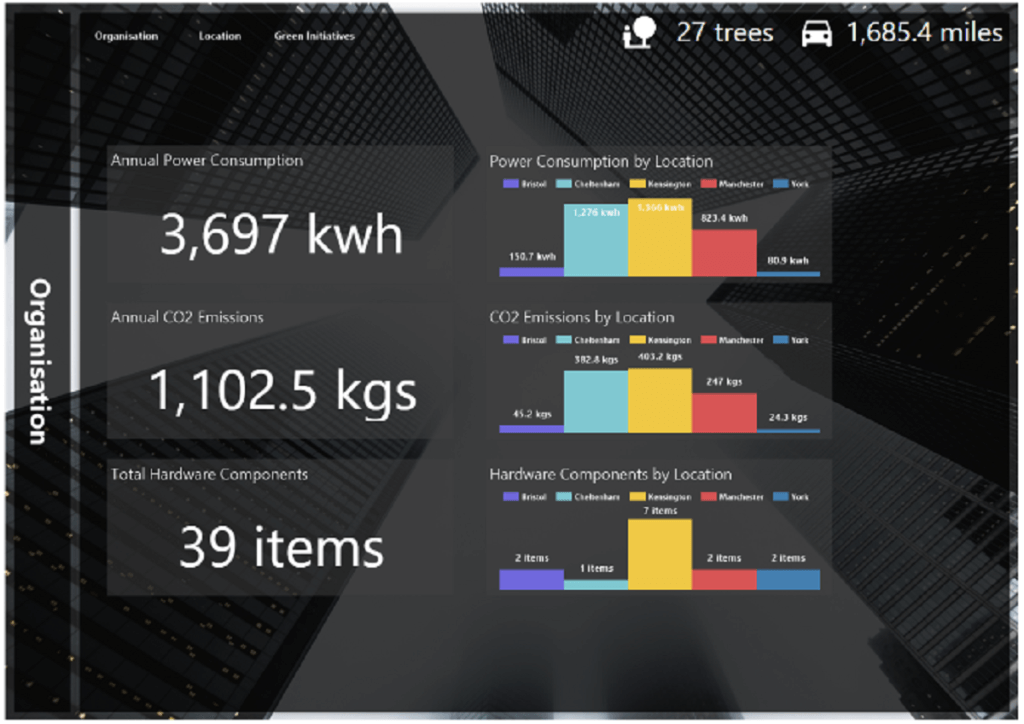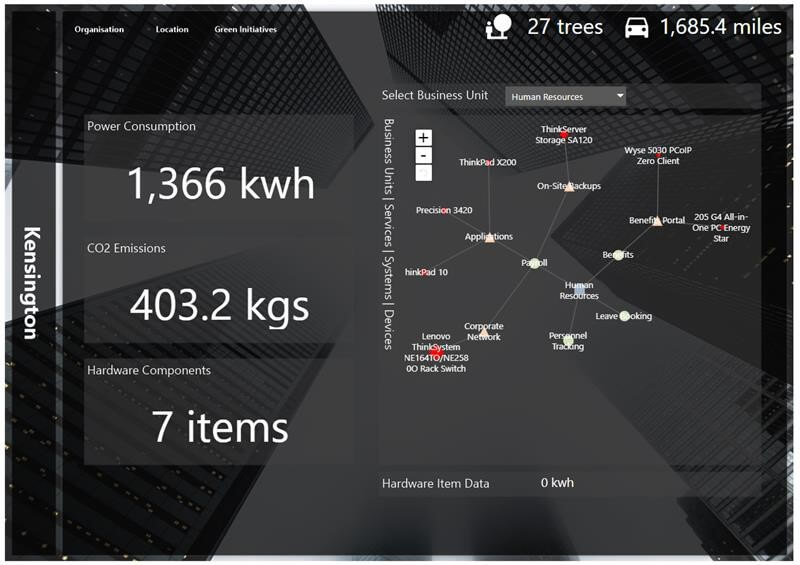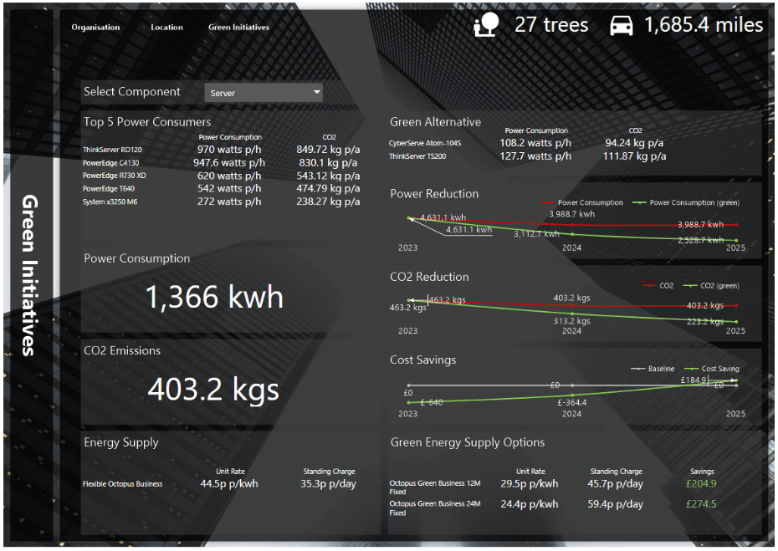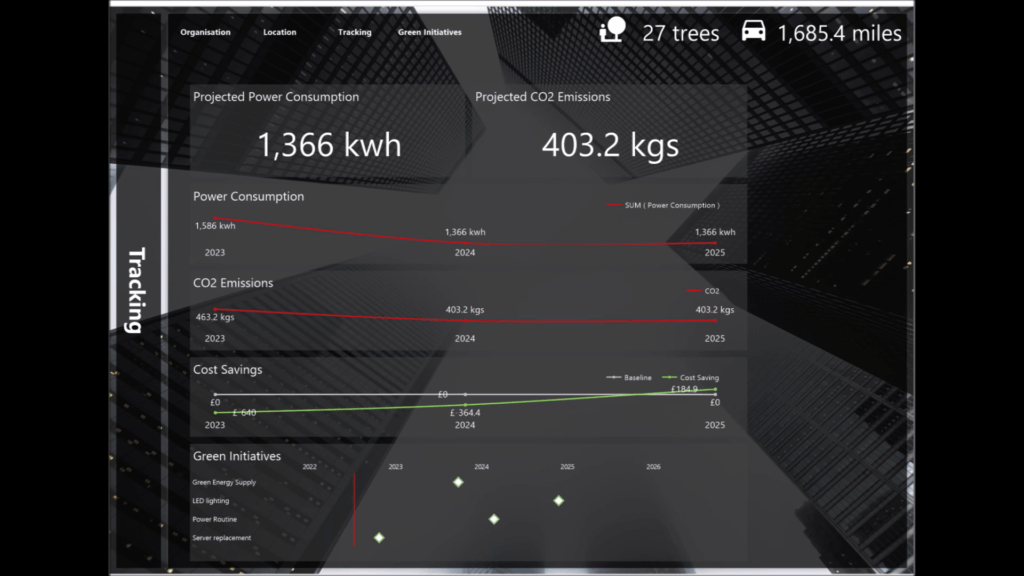Tangible actions organisations can take to combat climate change
Benchmarking against a new global stocktake
At the 28th UN Climate Change Conference (COP28) towards the end of 2023, the first ever global stocktake concluded as a benchmarking process for countries and stakeholders to measure against. With a rapidly closing window of opportunity to make environmentally conscious change, this stocktake encourages a reassessment of where countries and stakeholders stand in terms of climate action and support, identify any gaps and strategise on solutions to accelerate action. This stocktake will also hold countries and stakeholders accountable for their policies and commitments towards genuine climate change.
In support of this stocktake, High Level Champions and the Marrakech Partnership created the 2030 Climate Solutions: an Implementation Roadmap, a comprehensive framework which businesses can reference to set and achieve their climate change goals by 2030.
Climate change is the issue of our time, and we all know that we must do our bit. But nailing down what bit we are supposed to be doing can be harder than expected. If you’re manufacturing goods, it’s a bit easier – but the vast majority of organisations are run online with little physical input or output. As businesses especially are expected, and indeed want, to reduce their carbon footprint, they may find themselves wondering… where do we start?
How to identify tangible actions for business-wide change
To meaningfully reduce carbon emissions and create sustainable business models, businesses must be able to identify specific tangible actions that are realistic for initiating change. The granular details can add up to a substantial difference, and what makes sense to one organisation may not to another. Nonetheless, what remains clear is the necessity of change.
Access to comprehensive carbon emissions data
The time has long passed where organisations can afford to stumble around in the dark when it comes to their environmental impact. In fact, by 2030, greenhouse gas emissions must be reduced by 43% and global heating limited to 1.5°C.
What businesses really need is comprehensive, transparent and insight-led data on their carbon emissions. This data is critical in decision-making, anticipating future demand and analysing the marketing campaigns’ success. So, why wouldn’t we expect it of our impact on the environment? Leveraging technology to take control of their data to make it understandable and actionable is a crucial and essential step forward.
How CACI’s Environmental Hub can help create sustainable businesses

Using CACI’s highly reputable Mood data visualisation platform to distill each component of your business and connecting disparate data, the Environmental Hub generates informative and actionable insights that drive effective decision making.

But understanding your current position isn’t necessarily very helpful without data on how to make improvements. From the top 5 power consumers, you can view a selection of Green Alternatives – i.e., more low-energy efficient alternatives to your current components. Selecting one allows modelling of what difference that choice would make. There’s also info on energy suppliers, including cost savings and whether they are providing green energy.

This begins with a top-down view showing power use across an organisation split by location, which is then benchmarked against equivalent miles driven and trees needed to offset. From there, users can browse locations, investigate connected infrastructure from hardware linking into applications and determine which applications support services in each department.

At this stage, any item’s power usage can be viewed in just one click, alongside a comparison of other items. It’s here that you can see where your carbon footprint is really coming from – and start to make changes.
From the top five power consumers, you can view a selection of Green Alternatives (i.e. more low-energy efficient alternatives to your current components). Selecting one allows modelling of what difference that choice would make. There’s also information on energy suppliers including cost savings and whether they supply green energy.
Once you’ve begun to make changes, however, you must be able to see what kind of progress you’re achieving. The Tracking view shows detailed data over time and is logged against Green Initiatives to highlight the where and when impacts were made. Over time, organisations can build a truly holistic and well-informed picture of their carbon emissions.
Book a demo for CACI’s Environmental Hub here and find out how it could help your organisation reduce its carbon footprint.